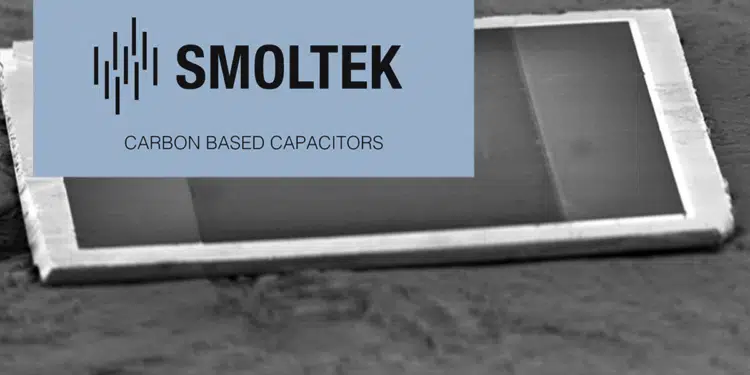Smoltek Nanotech Holding AB (“Smoltek”) announces extension of evaluation agreement with a global capacitor manufacturer and progress on preparation of its CNF-MIM capacitors for volume manufacturing.
The evaluation agreement that the company signed in April 2020 with a large manufacturer of electronic components has been extended further until the end of April 2022. The work within this project is carried out in the subsidiary Smoltek Semi, whose main objective is to develop and license the manufacture of ultra-thin capacitors based on Smoltek’s patent-protected carbon nanofiber technology.
Smoltek conducts operations in the development, industrialization and licensing of technology solutions, based on the company’s patent-protected carbon nanofiber technology, for the semiconductor industry within the Group company Smoltek Semi. Its main focus is the industrialization and commercialization of the company’s ultra-thin CNF-MIM capacitors. The company has one active agreement for industrial evaluation which was signed in the spring of 2020 with a global manufacturer of passive electronic components, including capacitors. This agreement has now been further extended until 30 April 2022.
“It is positive for both parties that we have agreed upon a further extension of the agreement. This will enable us and our customer to deepen the work in the current development step within the framework of the cooperation. Both parties continue to see strong potential in this cooperation and Smoltek’s CNF-MIM capacitor technology. In parallel with this cooperation, we are also continuing our own work to build a supply chain for the volume manufacturing of our first upcoming capacitor product, and we are very pleased with how this is progressing,” says Ola Tiverman, President of the subsidiary Smoltek Semi AB.
































